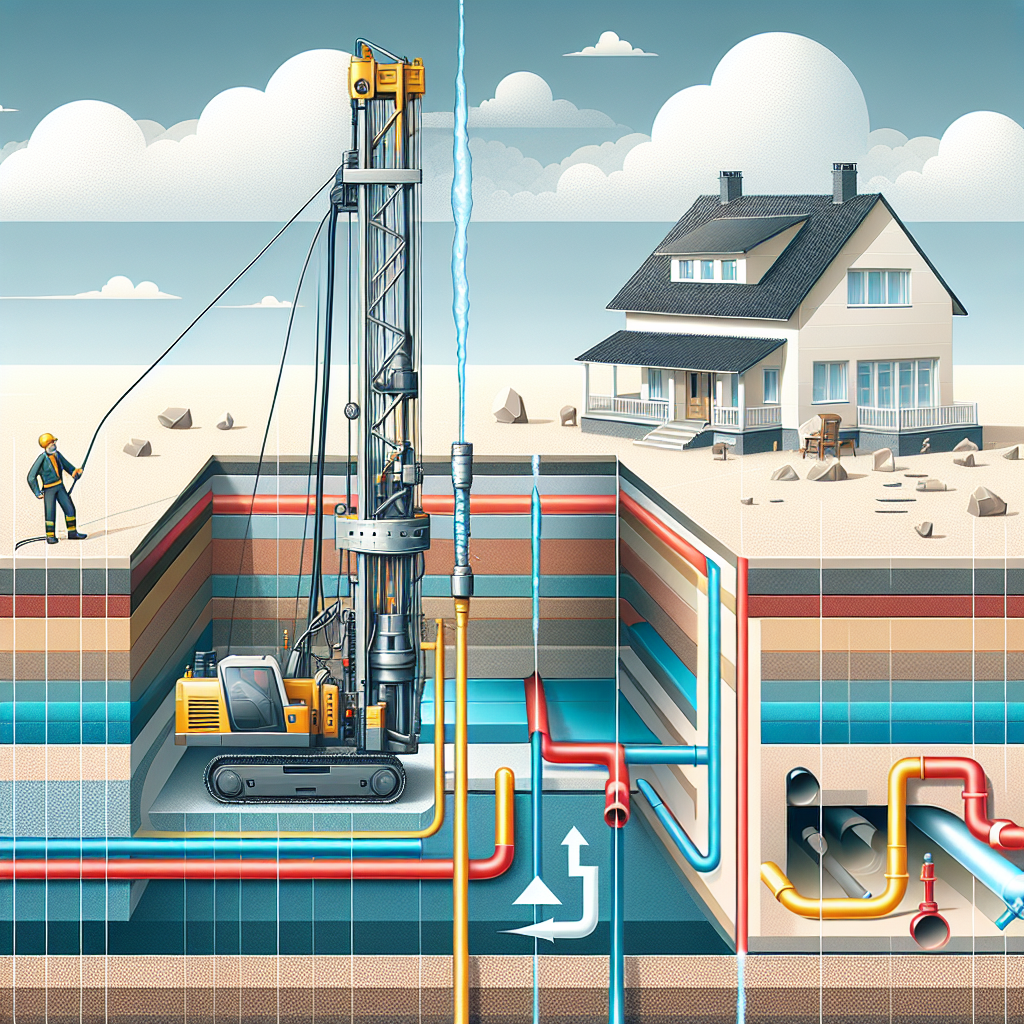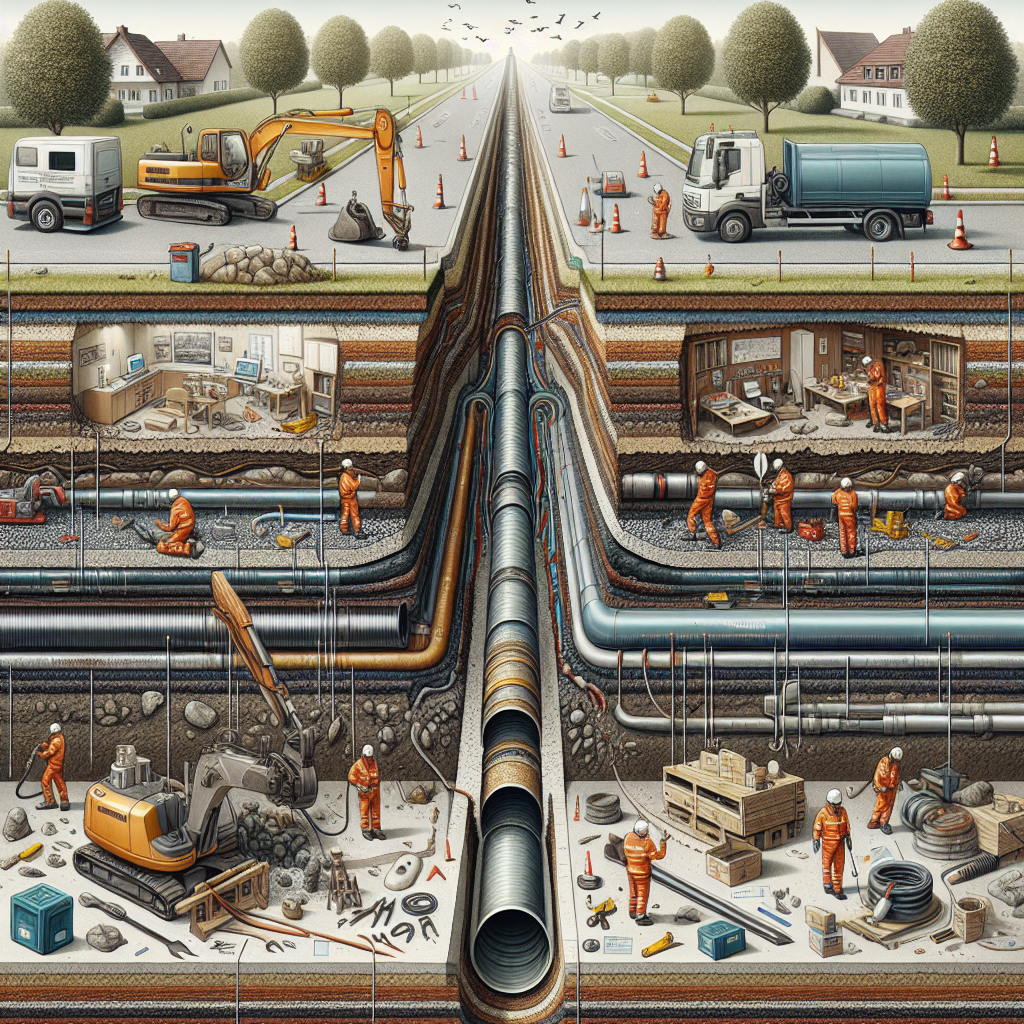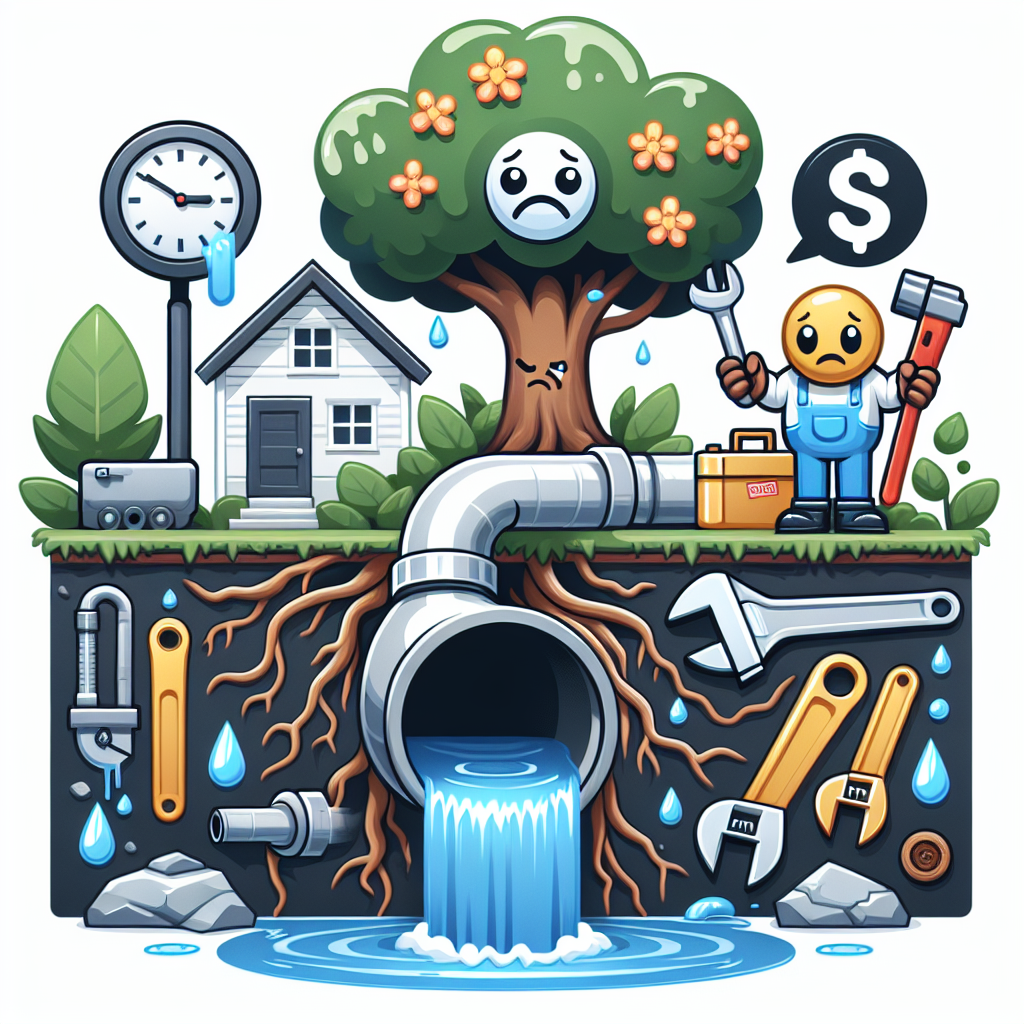Pipe Lining vs Pipe Replacement: Which Option is Best for Your Aging Plumbing System?
Are you facing issues with your aging plumbing system and wondering whether pipe lining or pipe replacement is the best option for you? Well, you've come to the right place. In this article, we will explore the pros and cons of pipe lining and pipe replacement, so you can make an informed decision for your home or business.
Pipe lining is a modern and innovative solution that involves inserting a lining material into your existing pipes to create a new, durable lining within the old ones. On the other hand, pipe replacement involves removing the old pipes and installing brand new ones.
Each option has its own advantages and disadvantages, and in this article, we will delve into them in detail. We will consider factors such as cost, time, durability, and impact on your property to help you determine which option is the most suitable for your specific situation.
So, whether you're dealing with leaks, clogs, or deteriorating pipes, keep reading to find out which solution – pipe lining or pipe replacement – is best for your aging plumbing system.
Understanding the difference between pipe lining and pipe replacement
When it comes to addressing issues with your aging plumbing system, it's important to understand the difference between pipe lining and pipe replacement. Pipe lining is a modern and innovative solution that involves inserting a lining material into your existing pipes to create a new, durable lining within the old ones. This method is often referred to as "trenchless" because it does not require extensive excavation or disruption to your property.
On the other hand, pipe replacement involves removing the old pipes and installing brand new ones. This method is more traditional and typically requires digging trenches to access the existing pipes. While it may be a more invasive process, pipe replacement offers the opportunity to completely replace the aging pipes with new ones, ensuring long-term durability and reliability.
Signs that indicate your plumbing system needs attention
Before we delve into the pros and cons of pipe lining and pipe replacement, let's first discuss some common signs that indicate your plumbing system may need attention. These signs include:
1. Frequent leaks: If you find yourself dealing with frequent leaks throughout your plumbing system, it may be an indication that your pipes are deteriorating and in need of repair or replacement.
2. Low water pressure: A decrease in water pressure can be a sign of clogs or blockages within your pipes. This can affect the functionality of your plumbing system and may require professional intervention.
3. Discolored water: If you notice discolored water coming from your faucets, it could be a sign of rust or corrosion within your pipes. This can not only affect the quality of your water but also indicate that your pipes are deteriorating.
4. Strange odors: Unpleasant odors coming from your drains or faucets can be a sign of mold, bacteria, or other contaminants within your pipes. This should be addressed promptly to maintain a healthy plumbing system.
Identifying these signs early on can help you determine whether pipe lining or pipe replacement is the most suitable solution for your aging plumbing system.
Pros and cons of pipe lining
Pipe lining offers several advantages that make it an attractive option for homeowners and businesses alike. Here are some of the pros of pipe lining:
1. Cost-effective: Pipe lining is often more cost-effective than pipe replacement, especially when dealing with extensive pipe networks. The process requires less labor and materials, resulting in lower overall costs.
2. Minimal disruption: Since pipe lining is a trenchless method, it minimizes disruption to your property. There is no need for extensive excavation, which means your landscaping and structures remain intact.
3. Durability: The lining material used in pipe lining is typically made from epoxy resin, which creates a durable, corrosion-resistant lining within your existing pipes. This can extend the lifespan of your plumbing system and prevent future issues.
Despite its advantages, pipe lining also has some drawbacks that should be considered:
1. Limited applicability: Pipe lining may not be suitable for all types of pipes or pipe materials. It is important to consult with a professional to determine if your specific plumbing system can be lined.
2. Reduced pipe diameter: The lining material takes up some space within the existing pipes, which can reduce the diameter and potentially affect water flow. However, this is typically a minimal impact that is outweighed by the benefits of pipe lining.
3. Limited warranty: While pipe lining can provide a durable solution, the warranty period may be shorter compared to pipe replacement. It is important to consider the long-term maintenance and potential future repairs.
Now that we've discussed the pros and cons of pipe lining, let's explore the advantages and disadvantages of pipe replacement.
Factors to consider when choosing between pipe lining and pipe replacement
When deciding between pipe lining and pipe replacement, there are several factors you should consider to make the best decision for your aging plumbing system. These factors include:
1. Budget: Consider your budget and determine how much you are willing to invest in repairing or replacing your plumbing system.
2. Severity of the issue: Assess the severity of the plumbing issues you are experiencing. If the pipes are severely deteriorated or beyond repair, pipe replacement may be the best option.
3. Long-term goals: Consider your long-term goals for your property. If you plan to stay in your current location for many years, pipe replacement may provide a more durable solution.
4. Time constraints: Evaluate your time constraints and how quickly you need the plumbing issues resolved. Pipe lining is generally a quicker process compared to pipe replacement.
5. Property impact: Consider the impact on your property during the repair or replacement process. Pipe lining minimizes disruption, while pipe replacement may require extensive excavation and repairs.
By considering these factors, you can narrow down your options and make an informed decision.
Cost comparison of pipe lining and pipe replacement
Cost is often a significant consideration when it comes to choosing between pipe lining and pipe replacement. While the cost can vary depending on various factors, here is a general comparison of the two options:
1. Pipe lining: On average, pipe lining can cost between $80 and $250 per linear foot, depending on the size and complexity of the project. This includes the cost of materials, labor, and any additional repairs or modifications required.
2. Pipe replacement: Pipe replacement is generally more expensive, with costs ranging from $150 to $300 per linear foot. This includes the cost of excavation, materials, labor, and any necessary repairs or modifications.
It is important to note that these costs are estimates and can vary depending on your location, the condition of your existing pipes, and other factors. Consulting with a professional plumbing service can provide you with a more accurate cost estimate for your specific situation.
The pipe lining process - step by step
To give you a better understanding of the pipe lining process, let's walk through the steps involved:
1. Inspection: A professional plumber will inspect your plumbing system using specialized cameras to identify any issues or areas that require repair or lining.
2. Cleaning: The pipes are thoroughly cleaned using high-pressure water jets or mechanical cleaning tools to remove any debris, scale, or blockages.
3. Lining preparation: A liner material, typically made of epoxy resin, is measured and cut to the appropriate length. It is then saturated with the epoxy resin, ensuring even distribution.
4. Insertion: The liner material is inserted into the existing pipes using specialized equipment, such as an inflatable bladder or inversion drum. The liner is carefully positioned to cover the entire length of the pipe.
5. Inflation and curing: The inflatable bladder or inversion drum is used to inflate the liner, pressing it against the inner walls of the existing pipes. The epoxy resin is then cured, creating a new, durable lining within the old pipes.
6. Final inspection: Once the epoxy resin has cured, a final inspection is conducted to ensure the lining is properly installed and meets the required standards.
The pipe lining process offers a relatively quick and efficient solution for repairing and reinforcing aging pipes.
The pipe replacement process - step by step
If you decide that pipe replacement is the best option for your aging plumbing system, here is an overview of the process:
1. Excavation: Trenches are dug to access the existing pipes. This may involve removing landscaping, concrete, or other structures that are above the pipes.
2. Pipe removal: The old pipes are carefully removed and disposed of. Any necessary repairs or modifications to the plumbing system are made during this stage.
3. New pipe installation: New pipes, typically made of PVC or copper, are installed in place of the old ones. The pipes are connected and secured according to the plumbing system layout.
4. Backfilling and restoration: The trenches are backfilled with soil and compacted to ensure stability. Any landscaping or structures that were removed are restored, and the property is left in its original condition.
The pipe replacement process requires more time and labor compared to pipe lining, but it provides a complete and long-lasting solution for your aging plumbing system.
Hiring a professional for pipe lining or pipe replacement
Both pipe lining and pipe replacement are complex processes that require the expertise of a professional plumbing service. When choosing a professional, consider the following:
1. Experience and expertise: Look for a plumbing service that specializes in pipe lining or pipe replacement and has a proven track record of successful projects.
2. Licensing and certifications: Ensure that the plumbing service is properly licensed and certified to perform the required work. This ensures that they adhere to industry standards and regulations.
3. References and reviews: Check for references or read reviews from previous clients to get an idea of the quality of work and customer satisfaction.
4. Cost estimate: Request a detailed cost estimate from multiple plumbing services to compare prices and determine the most reasonable and competitive option.
By hiring a professional, you can ensure that the pipe lining or pipe replacement process is carried out efficiently and effectively, providing you with a reliable and long-lasting plumbing system.
Conclusion
When faced with plumbing issues in your aging plumbing system, it's important to consider both pipe lining and pipe replacement as potential solutions. Pipe lining offers a cost-effective and minimally disruptive option, while pipe replacement provides a complete and durable solution.
Factors such as budget, severity of the issues, long-term goals, time constraints, and property impact should be considered when making a decision. Consulting with a professional plumbing service can provide you with the expertise and guidance needed to assess your specific situation and determine the best course of action.
Whether you choose pipe lining or pipe replacement, addressing the issues in your aging plumbing system is crucial to ensure the functionality, efficiency, and safety of your property. So, don't hesitate to take action and restore your plumbing system to its optimal condition.



